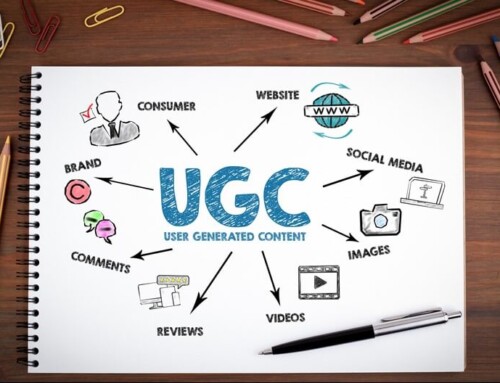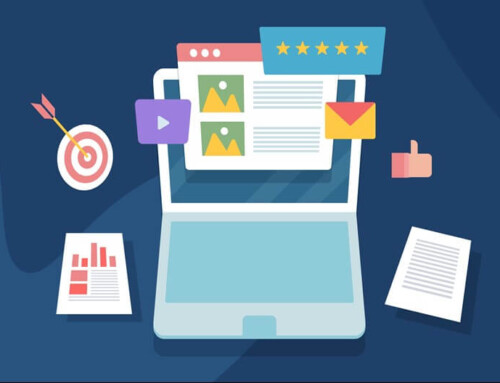Few occurrences are more frustrating for a salesperson than setting up an appointment, only to have the prospect pull a no-call/no-show. Worst yet, some leads disappear altogether even after they seem highly qualified.
It may seem that sales professionals have little control over lead abandonment, but this is a myth. Studies demonstrate that:
- 42 percent of people would feel encouraged to purchase if the salesperson called back at an agreed-upon, specified time. (1)
- 70 percent of salespeople stop pursuing leads after one email. (1)
- Sales professionals who send multiple emails enjoy a 25 percent chance of getting a response. (1)
- Eight out of 10 prospects want to talk to salespeople via email. (2)
E-commerce provides excellent insight into buying behavior because it “closes the loop” between when someone visits a website and when they complete a purchase. As such, there are valuable lessons to be learned. For example, when someone adds items to a shopping cart or bag but fails to complete a purchase, an email with a gentle reminder will inform the shopper that items have been left behind. To the buyer, this email may appear helpful, but its primary purpose is to prevent revenue loss.
Cart abandonment emails are also an excellent tool for troubleshooting technical issues that could hinder the checkout process. Shoppers may have every intention of completing their purchase, but are prevented from doing so by a technical glitch or even something as simple as usability. For example, if a buyer reaches the point of checkout but cannot calculate the shipping charges, that may be a deal-breaker. As a result, this could have severe ramifications for the business. Cart abandonment emails sent to multiple customers could reveal this issue, allowing the development team to investigate and resolve it.
“Glitches” such as the examples above can happen between human beings, as well. Issues include, but are not limited to:
- Failing to schedule a firm time to follow up with leads
- Failing to establish whether the salesperson or the prospect will make contact
- Salespeople give up after sending just one email or one phone call
- Prospects get sidetracked and do not receive re-engagement messages to prioritize their needs
- Salespeople who don’t prepare often fail to understand the customer’s needs, etc.
Fortunately, the following strategies will keep hot leads engaged, as well as warm up cold leads.
Share Solutions-Driven Content
When prospects feel confident that a business is knowledgeable about its industry, they are more inclined to believe that its products or services can solve their problems. Sharing content that focuses on solving their pain points or problems is an excellent way to earn leads’ confidence.
Sales can get this content from the marketing team. Effective types of pieces include whitepapers, checklists, articles, infographics, etc.
Invite Them to Events
From webinars to hybrid educational events to in-person training programs, help recapture leads who have disengaged. Not only do these events provide valuable information to prospects, but they also offer a golden opportunity to interact with them without directly trying to sell.
Adding a Q&A session to events is an excellent way to gain insight into the pain points of leads and the questions on their minds. Savvy salespeople will seize this opportunity to address questions and concerns in a way that highlights the company’s expertise.
Turn to an Alternate Contact
The primary lead may close the door, but that does not mean other people at the same business will follow suit. Salespeople should reach out to other contacts in the same or similar role to gauge their interest. Ideally, this should be done at the beginning of the process, but it is never too late.
If the main prospect “goes dark,” there is nothing wrong with attempting to engage or re-engage their colleagues. Sales professionals should give the primary contact a bit of time – a week, max – to respond before expanding their targeting.
PRO TIP: Sales professionals should always try to map out possible contacts within an organization before outreach, including how they connect and who might help them gain entry. This isn’t just part of qualifying an account, it’s also part of developing a strategy to win the business. Utilize social networks, vendor partners, non-competing companies with mutual connections, internal connections, etc. These resources can be extremely valuable and come in handy for keeping things moving along.
Survey Existing Customers
Getting feedback from current customers will help inform the sales team of their pain points (if they have changed in any way) and how the business has performed in solving them. Encourage honesty with feedback – both good and bad – because it helps improve continuously. In addition to serving as a guide for how salespeople approach leads, these surveys can also help the organization maintain existing customer satisfaction, both now and in the long term.
Send Email Drip Campaigns
Creating and sending email campaigns specifically targeting prospects who have disengaged is an effective way to re-engage their interest. Automation allows companies to send these emails based on each lead’s previous actions and behaviors. Ideas for details to base these campaigns on, including the following:
- Website pages they visited
- Previous purchases they made
- Links they clicked on in other emails
- Their most recent interaction with the business
It is easy to get discouraged when leads that were once piping hot go stone cold. Fortunately, by putting in a bit of extra time and effort and following the strategies outlined above, sales teams can re-engage these prospects and ultimately convert them.
This content series consists of three articles: Part One | Part Two | Part Three
Contact Gavel International to be inspired by solutions that connect and engage your people.
___________________________
SOURCES:
- https://www.invespcro.com/blog/sale-follow-ups/
- https://blog.hubspot.com/sales/prospecting-stats
This article was last updated on June 4, 2025
- Take Action on Organizational Values to Improve Company Culture - September 8, 2025
- Discover Hidden Gems in the Art, Culture and Outdoor Attractions in Dallas, Texas - August 25, 2025
- Create High-Quality Content Your Audience Truly Values - August 11, 2025






